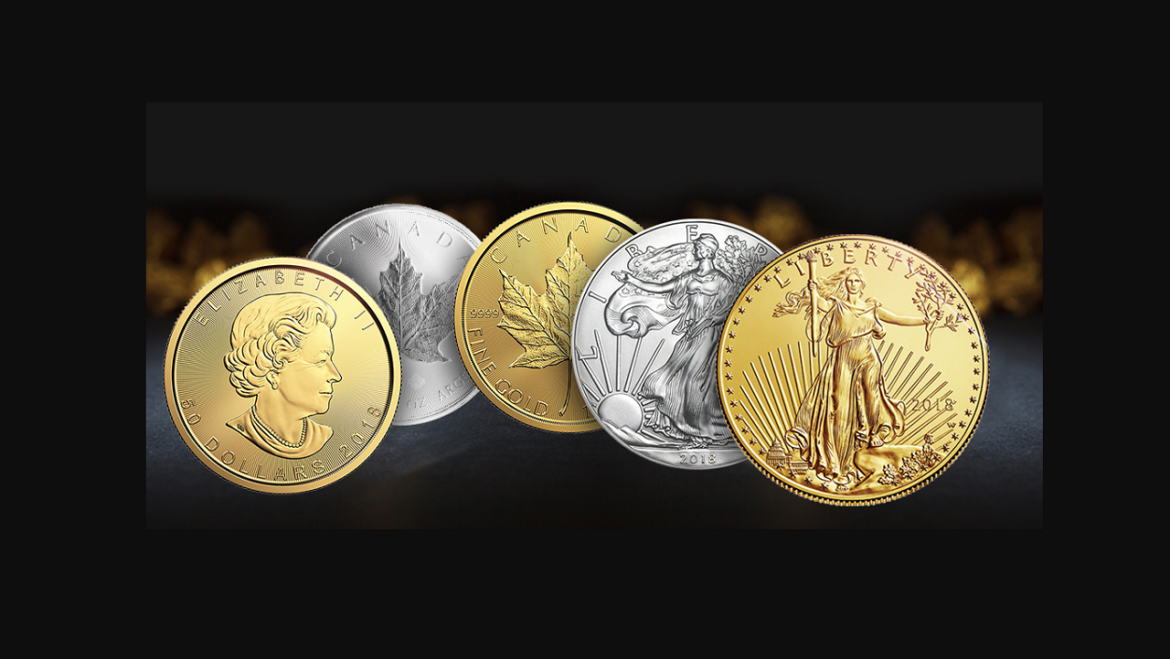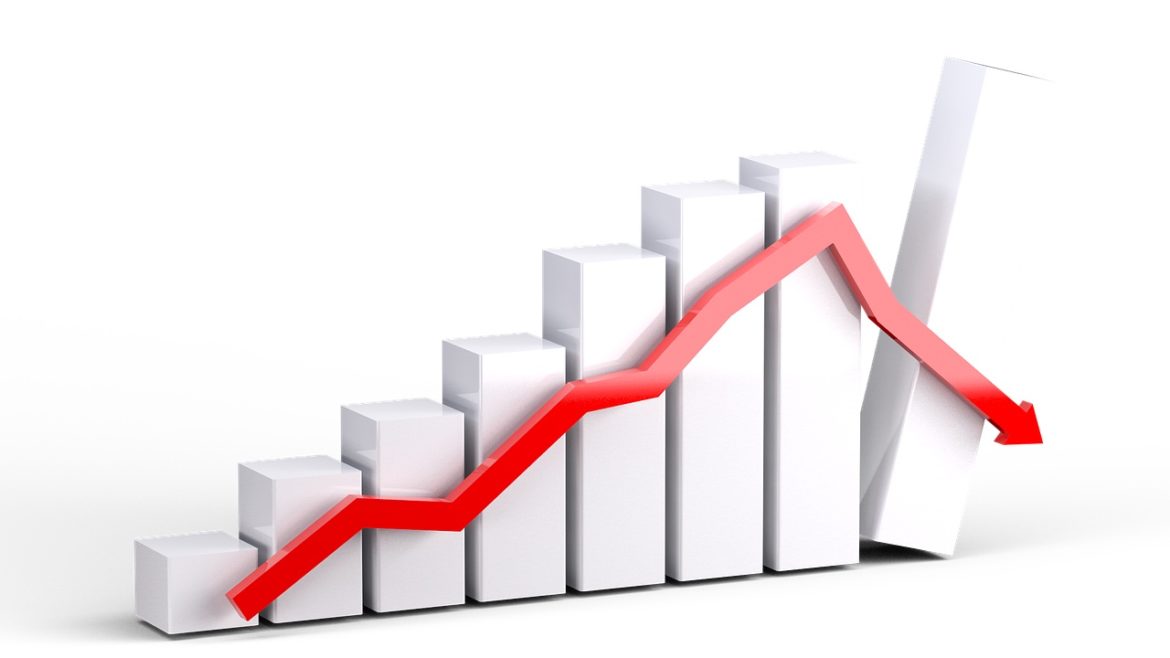Precious metals are apparently waking up. And here is where you can find the best deals.
Site:
Precious metals news
The concept of the 'January effect' in gold pricing, akin to the well-known stock market trend where prices rise early in the year, has been a topic of interest for investors. Gold tends to exhibit strong performance in January as well as late summer, with the January effect being statistically more significant. Since 1971, gold has averaged a 1.79% return in January, nearly triple its long-term monthly average, and has shown positive January returns about 60% of the time, increasing to nearly 70% since 2000. This trend may be attributed to factors like portfolio rebalancing, seasonal dips in real yields, and gold re-stocking in East Asia before the lunar New Year. However, it's important to note that gold prices do not always rise in January...
The Bank of China's Shanghai branch has successfully executed its first cross-border settlement using China's digital currency, the e-CNY, for a gold transaction worth 100 million yuan ($14 million) through the Shanghai Financial Exchange International Board. This significant move underscores the branch's active role in the pilot tests and application of the digital yuan, having previously utilized it for iron ore imports and collaborating with international banks like France's BNP Paribas to enhance its global usage. China's e-CNY is one of the most advanced central bank digital currency (CBDC) initiatives globally, with an initial domestic focus gradually expanding to cross-border trials, including in Hong Kong.
Despite record highs in gold and frozen orange-juice prices, 2023 proved challenging for the broader commodities market. Key commodities indexes, including the S&P GSCI and the Bloomberg Commodity Index, are poised to register their largest annual losses in five years, primarily due to declines in natural gas, coal, and grains. The S&P GSCI traded 10% lower year to date, with its energy sector experiencing the most significant drop of 12%. Similarly, the Bloomberg Commodity Index saw a 12% decline, with its energy subindex falling by 24%. These indexes are on track for their steepest yearly percentage drops since 2018.
Global retailers, especially those dealing in apparel, household items, and white goods, are facing heightened disruption risks due to increased attacks by Iran-backed Yemeni militants in the lower Red Sea region. These attacks pose a significant threat to the vital Suez Canal trade route, prompting some shipping companies to contemplate longer alternative routes, such as navigating around the Horn of Africa. This change in shipping strategy could result in extended delivery times and higher prices for various goods, impacting the global supply chain.
Recent reports on U.S. consumer and producer prices indicate a significant easing in inflation, aligning with the Federal Reserve's 2% annual target. This development, emerging during the Fed's policy meeting, suggests inflation has slowed over the last six months, prompting revisions in economic projections. Analysts now anticipate a continued trend of subdued inflation in the near future.
Despite widespread predictions last year, including a forecast by Bloomberg Economics' Chief US Economist Anna Wong, of a 2023 recession in the U.S. economy, recent data paints a more resilient picture. Contrary to the anticipated downturn, the U.S. economy has demonstrated strength, with unemployment rates remaining at multi-decade lows and inflation aligning closely with the Federal Reserve's 2% target. However, the economic landscape is not without its complexities, as public sentiment remains markedly pessimistic regarding the economic outlook. In a recent discussion, Wong explores the nuances of these conflicting signals, the unexpected resilience of the U.S. economy in 2023, and key factors to monitor in the coming year.
US stocks surged with the promise of interest rate cuts. Then stocks tanked when some Fed officials tried to walk that promise back. Then they surged again when some weak economic data put rate cuts back on the table. As Friday Gold Wrap host Mike Maharrey put it, easy money is one heck of a drug! In this episode, he explains the impact of easy money on the economy and the markets, and he speculates about the future.
In November 1910, six of the world’s most powerful men met in secret, off the coast of Georgia, to write a plan to reform the nation's banking system...
The Great Taking... a massive threat of global asset confiscation, or something else entirely? With David Webb's new book and documentary on "The Great Taking" spreading throughout social media and the industry, I thought I would do my DIGGING... and BOY, what I found...
 Record High Homelessness in the U.S. -- A 12% Surge Amid Pandemic Aftermath
Record High Homelessness in the U.S. -- A 12% Surge Amid Pandemic AftermathDec 21, 2023 - 13:06:28 PST
The United States has seen a staggering 12% increase in homelessness, reaching its highest level ever recorded due to skyrocketing rents and the reduction in COVID-19 pandemic assistance. Approximately 653,000 people were found homeless in the latest survey, the highest since the annual point-in-time count began in 2007, marking an increase of around 70,650 from the previous year. A significant part of this surge is attributed to individuals experiencing homelessness for the first time, alongside a notable rise in family homelessness, reversing a decreasing trend that started in 2012.
 Amidst Recession Speculations, Global Banks Remain Optimistic as US Firms Exercise Caution
Amidst Recession Speculations, Global Banks Remain Optimistic as US Firms Exercise CautionDec 21, 2023 - 12:55:13 PST
Over the past few years, the specter of a recession has loomed large, with numerous analysts predicting an economic downturn. This forecast has led to a heightened sense of caution among various stakeholders, ranging from corporations to individual investors, all bracing for the potential impact of a sluggish consumer demand. As we approach 2024, the key question arises: do analysts continue to anticipate a recession? This ongoing debate sees global banks adopting an optimistic stance, in contrast to the more guarded approach of US companies, reflecting a divergence in perspectives on the economic trajectory ahead.
The year 2023 marks a pivotal moment, as the BRICS nations (Brazil, Russia, India, China, and South Africa) are now intensifying efforts to diminish the US dollar's hegemony. The BRICS 2023 summit outlined expansion plans and strategies to promote local currencies, a move that challenges the dollar's longstanding global influence. The inclusion of Saudi Arabia, traditionally a US ally, along with the UAE, Egypt, Iran, and Ethiopia, signifies a monumental realignment in global finance. This strategic pivot could dramatically alter how international transactions are processed, posing a direct threat to the dollar's supremacy and paving the way for a more multipolar financial world.
Dec 21, 2023 - 07:27:05 PST
In this video interview for IGTV's Trading the markets, Eric Strand, founder and portfolio manager at AuAg Funds, shares his thoughts on the current state and future potential of the gold market with host Angeline Ong. He says gold prices are holding steady due to hopes of a rate cut. He believes that there is still room for gold prices to rise, with a target of $2,100.
The latest Bank of America Global Fund Manager survey indicates a notable shift in sentiment among fund managers, who are now the most upbeat since January 2022. Despite this improvement, with sentiment at its "least bearish level" in nearly two years, growth expectations remain largely pessimistic. The survey showed a decrease in cash levels and a split outlook on the global economy, with most managers anticipating a soft landing, but a significant number still expecting a hard landing or a U.S. recession within the next year...
 Bills Filed in Oklahoma and Missouri Would Eliminate Capital Gains Tax on the Sale of Gold and Silver
Bills Filed in Oklahoma and Missouri Would Eliminate Capital Gains Tax on the Sale of Gold and SilverDecember 21, 2023
Bills filed in the Oklahoma and Missouri legislatures for the 2024 legislative session would eliminate state capital gains taxes on the sale of gold and silver. The legislation would also take other steps to treat gold and silver as money instead of as commodities.
Dec 21, 2023 - 06:12:14 PST
Gold prices have remained steady in Asian trade, fluctuating within a $2,000 to $2,050 an ounce range established over the past week. This stability comes amidst market speculation regarding the timing of the Federal Reserve's interest rate reductions. While dovish signals from the Fed initially propelled gold above $2,000 an ounce, further gains were limited due to improved risk appetite and doubts about early rate cuts. Comments from several Fed officials, suggesting that expectations for an early rate cut might be overly optimistic, have also contributed to the dollar's recovery from recent lows and restrained significant gains in gold prices.
Richmond Federal Reserve President Tom Barkin has expressed cautious optimism about the progress in reducing inflation, noting a decline to a 3% rate. Despite this, Barkin, who will be a voting member of the Fed's rate-setting committee next year, emphasized the need for consistent data before considering rate cuts. This statement follows the Federal Reserve's hint at a potential peak in rates, with a forecast of three rate cuts next year. However, Barkin refrained from confirming these cuts, underscoring the importance of monitoring inflation and economic trends.
The US stock market had a potentially significant day on Wednesday. Markets have been rallying on the hope of interest rate cuts in the near future. But Fed officials have been trying to walk back those expectations. Did the central bankers manage to steal the Santa Claus rally? In his podcast, Peter Schiff talks about the recent moves in the stock market.
Despite a drop in today's pre-market trading, gold's recent dramatic weekly reversal remains a key context. This reversal, characterized by gold skyrocketing above $2,100 and then plunging to nearly $2,000 on significant volume, marks one of the most notable weekly shifts in years. It echoes similar reversals seen in May 2023 and March 2022, both of which initiated major declines. The significance of this reversal, amidst day-to-day price fluctuations, cannot be overstated and is expected to heavily influence gold's trajectory in the coming weeks.
Mike Maloney and Alan Hibbard analyze the intriguing book "The Great Taking", which offers a sobering account of the potential consequences of the next financial crisis.









